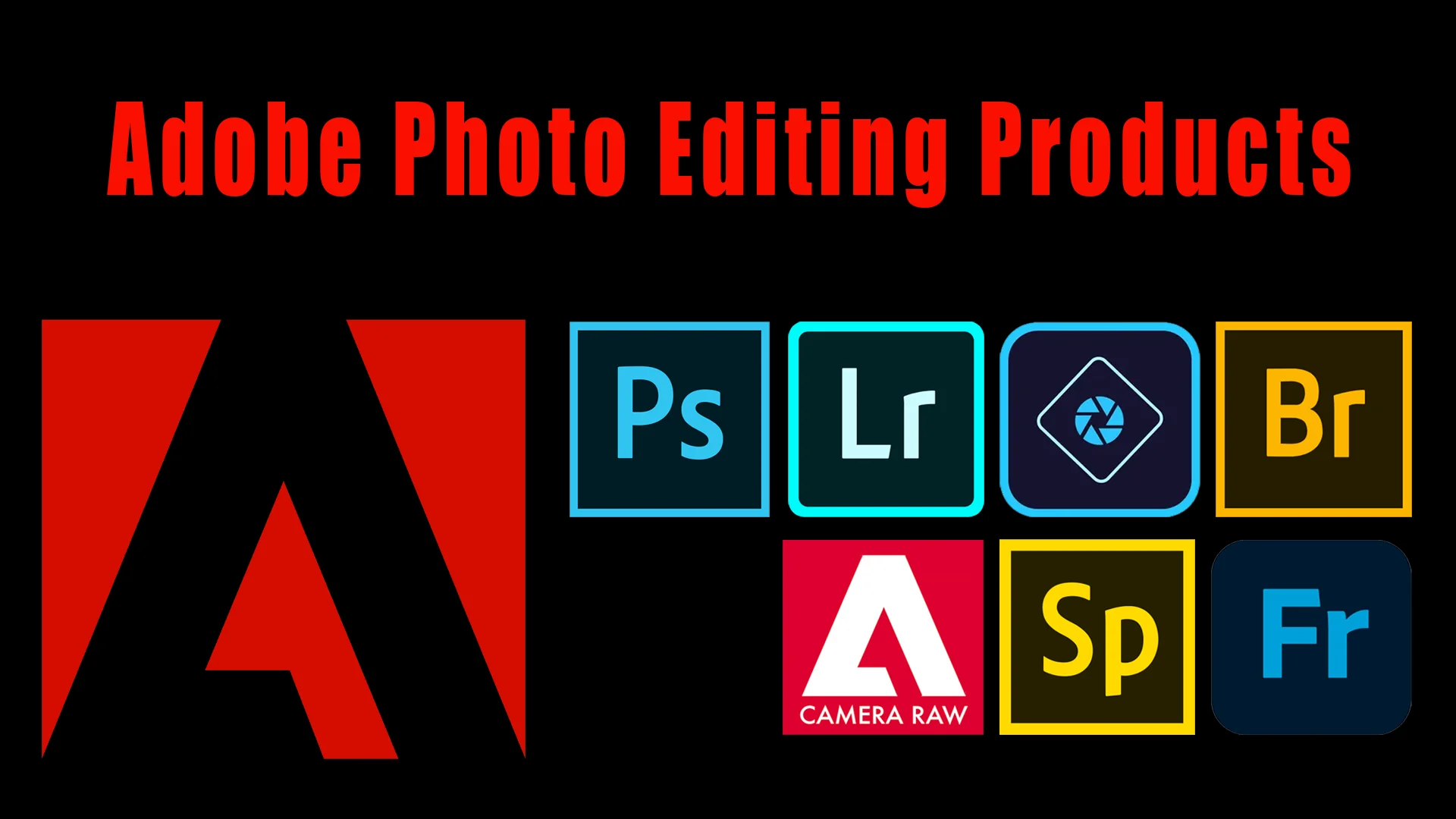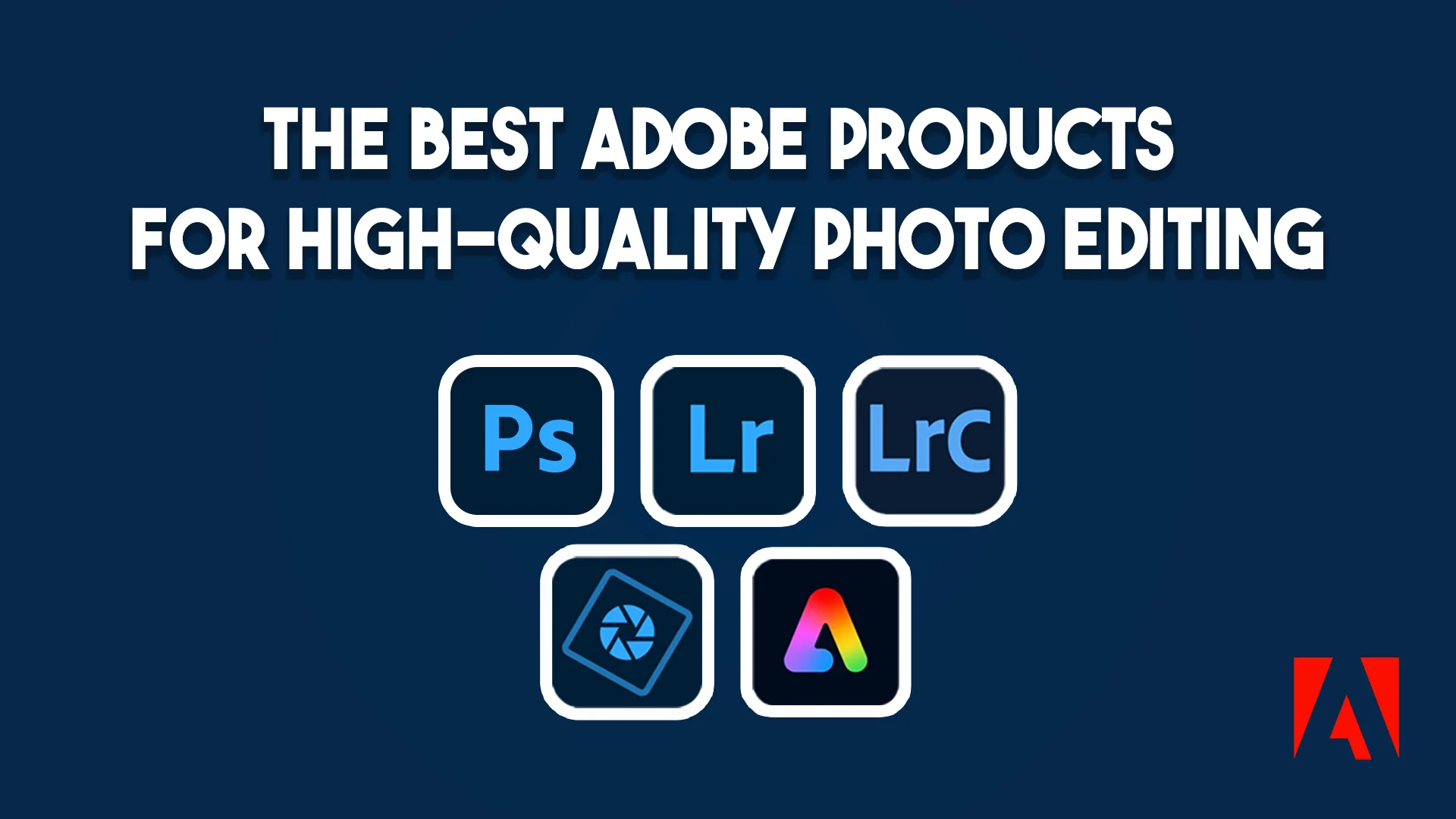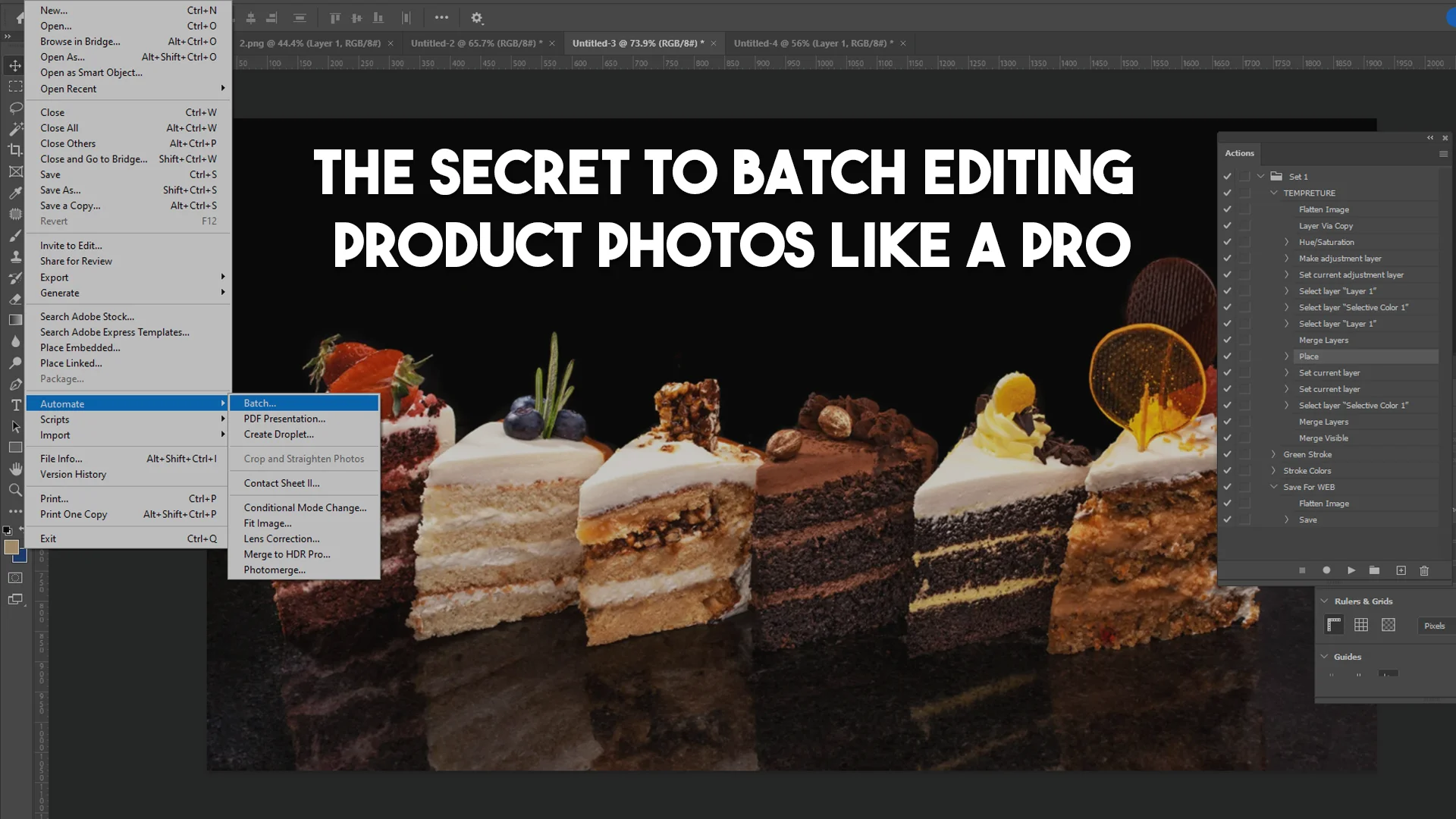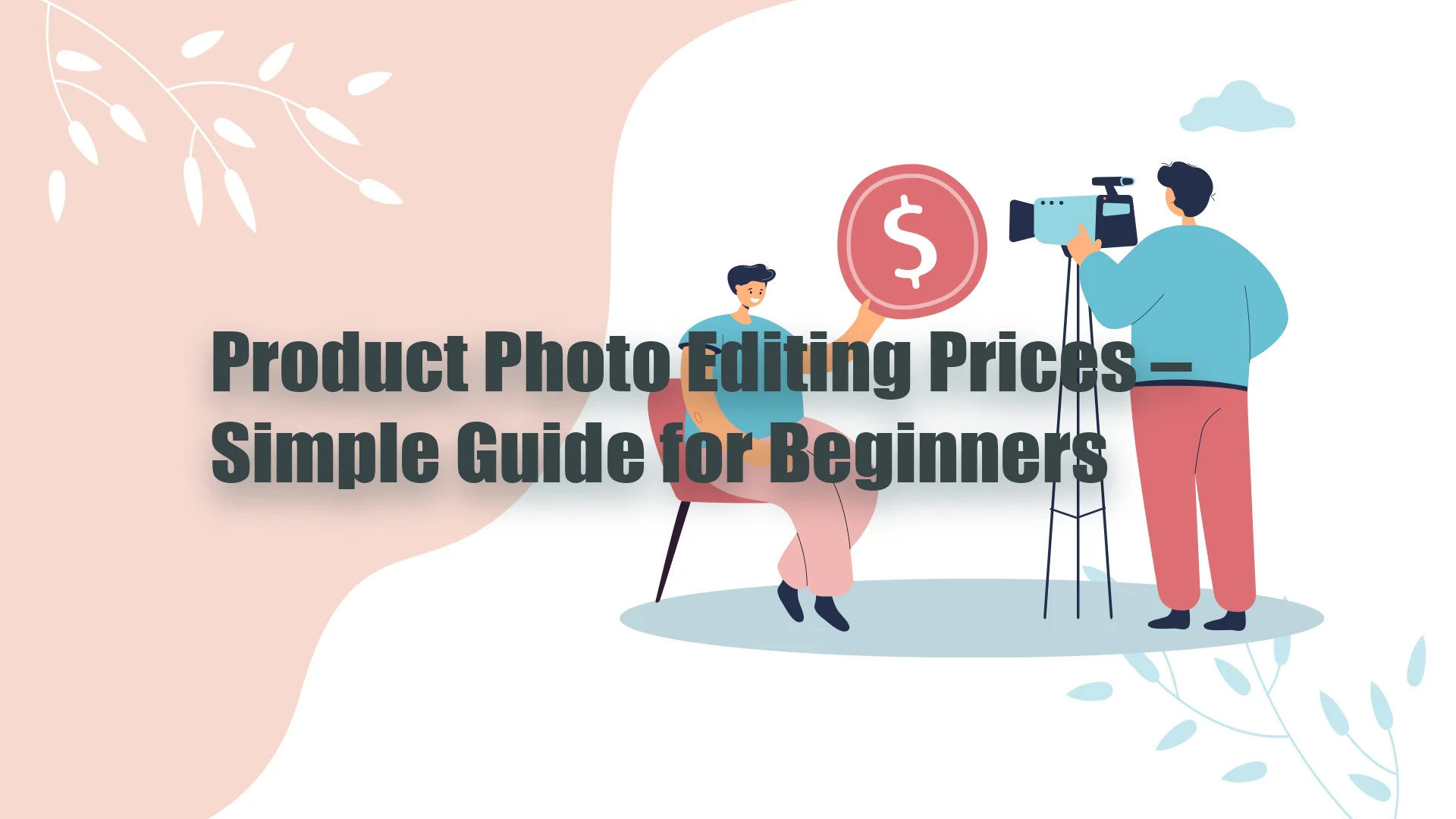In today’s digital world, photo editing has become an essential skill for everyone—from casual photographers to professionals. Whether you want to enhance a photo for social media or create stunning artwork, the right tools make all the difference. When it comes to top-tier software for photo editing, Adobe’s name comes to mind immediately. With a long-standing reputation for offering industry-leading tools, Adobe has built a suite of Adobe photo editing products that help users achieve the perfect image every time.
In this article, we will explore some of the best Adobe photo editing products available, from beginners to advanced users, and provide insights into how each one can help you take your photo editing to the next level.
Why Adobe Photo Editing Products Stand Out
Adobe has been a pioneer in the creative software industry for decades, and its photo editing products are no exception. What makes Adobe photo editing products so special is their versatility, user-friendly interfaces, and advanced features. From basic adjustments like cropping and color correction to complex tasks like layering and retouching, Adobe’s tools cater to every level of expertise.
One of the key reasons Adobe photo editing products are so popular is their seamless integration with other Adobe Creative Cloud applications. This allows users to switch between tools like Photoshop, Lightroom, and Illustrator effortlessly, creating a streamlined workflow. Additionally, Adobe constantly updates its software, ensuring users have access to the latest technologies and features.
Adobe Photoshop: The Powerhouse of Photo Editing
When we talk about Adobe photo editing products, the first name that pops up is Adobe Photoshop. For over three decades, Photoshop has been the gold standard for image manipulation, and it continues to evolve with each version. Whether you are retouching portraits, designing graphics, or creating intricate photo compositions, Photoshop’s powerful tools give you endless possibilities.
Photoshop’s versatility is unmatched, offering everything from basic photo adjustments like cropping and color correction to advanced techniques like compositing, masking, and special effects. If you’re working with high-resolution images or need precise control over every pixel, Photoshop provides all the tools you need to make detailed adjustments. It also allows for seamless integration with other Adobe photo editing products, such as Adobe Lightroom and Adobe Bridge, making it easier to streamline your workflow.
For photographers who want to make the most of their images, Photoshop is often considered the go-to tool. The robust editing options and the ability to work with layers make it ideal for both beginners and experts.
Adobe Lightroom: The Best Tool for Organizing and Enhancing Photos
While Adobe Photoshop is known for its detailed editing capabilities, Adobe Lightroom is perfect for photographers who need a streamlined workflow for organizing and enhancing their photos. Lightroom is particularly well-suited for photographers who handle large volumes of images and want to apply edits quickly and efficiently.
One of the standout features of Lightroom is its non-destructive editing process. This means that when you edit your photos in Lightroom, the original image is never altered. Instead, all adjustments are stored separately, allowing you to go back and modify them without losing quality. Whether you’re enhancing the exposure, adjusting the white balance, or correcting the colors, Lightroom’s intuitive interface makes it easy to make changes without complicated tools.
Additionally, Lightroom provides a comprehensive library for managing your photo collections. With its keyword tagging, metadata, and search functions, you can quickly find and organize your images, making it an excellent choice for photographers who need to keep track of their growing portfolios.
Adobe Photoshop Elements: Simplified Editing for Beginners
For those new to photo editing, Adobe Photoshop Elements is a fantastic option. It’s a more affordable and user-friendly version of Photoshop, designed for beginners who still want powerful editing features but without the steep learning curve.
Photoshop Elements is a great introduction to the Adobe photo editing products world, with tools for basic adjustments, retouching, and even creative effects. The software includes guided edits, which walk you through various photo editing processes, making it easier to achieve professional results without needing to master complex techniques. It also offers automatic features, such as auto-color correction, red-eye removal, and more, which are perfect for quick fixes.
While it may not have the same level of advanced functionality as Photoshop, Photoshop Elements offers enough features for hobbyists and amateur photographers to create stunning images with minimal effort.
Adobe Bridge: The Ultimate Media Management Tool
If you are using multiple Adobe photo editing products at once, then Adobe Bridge can be a lifesaver. This media management tool is designed to help you organize and browse your creative assets, including photos, videos, and other files.
Bridge works seamlessly with other Adobe software, allowing you to organize and batch edit photos, as well as create custom workflows. It also makes it easy to view and compare images side-by-side, manage metadata, and even apply keywords to help with searchability. If you’re working with large projects or a collection of thousands of images, Adobe Bridge simplifies the process of staying organized and saving time.
For photographers who need to manage their extensive portfolios, Adobe Bridge is the perfect complement to Photoshop and Lightroom, helping streamline every step of the editing process.
Adobe Camera Raw: Unlock the Full Potential of RAW Files
For those working with RAW image files, Adobe Camera Raw is an essential tool in the Adobe photo editing products lineup. RAW files contain all the unprocessed data captured by the camera’s sensor, offering far more flexibility for editing than JPEGs or TIFFs. However, RAW files are often flat and need adjustment before they can be used for final output.
Adobe Camera Raw provides powerful editing features that allow you to adjust exposure, white balance, sharpness, and much more. It also integrates directly with Adobe Photoshop and Lightroom, so you can process your RAW images before bringing them into your main editing program. This combination of precise editing controls and seamless integration with other Adobe software makes Camera Raw a must-have tool for any photographer working with RAW files.
Adobe Spark: Create Stunning Graphics and Videos
While Photoshop, Lightroom, and other Adobe photo editing products are all about editing photos, Adobe Spark takes a more creative approach to visual content. With Spark, you can easily create social media posts, web pages, and videos, even if you have no design experience.
Spark is ideal for photographers who want to showcase their work online or create engaging content for social media. With an easy-to-use interface and a wide selection of templates, Spark helps you design eye-catching posts, stories, and even video slideshows. It allows you to add your photos to customizable templates and share your creations with just a few clicks.
This tool also integrates well with Adobe Stock, giving you access to high-quality images and assets to complement your photos and enhance your visual content.
Adobe Fresco: Digital Painting and Drawing
While not strictly a photo editing tool, Adobe Fresco deserves a mention for its creative potential. It’s one of the newer Adobe photo editing products, aimed at artists and illustrators.
Fresco mimics the experience of painting and drawing on paper, with realistic brushes and textures. You can import photos and use them as a base for your artwork, blending traditional and digital techniques. If you’re looking to add an artistic touch to your photos, Fresco is a great option.
Conclusion
Adobe offers a wide range of photo editing products to suit photographers and creatives of all skill levels. From the powerful and flexible capabilities of Photoshop to the simple and efficient design of Photoshop Elements, Adobe has something for everyone. By using these tools, you can enhance your photos, organize your workflow, and bring your creative vision to life. Whether you’re a hobbyist or a professional, the right Adobe software can elevate your photo editing game to new heights.
Frequently Asked Questions (FAQs)
What is the best Adobe product for photo editing?
The best Adobe product for photo editing depends on your needs. Adobe Photoshop is ideal for advanced users who need complete control over their edits, while Adobe Lightroom is perfect for organizing and quickly editing large collections of photos. For beginners, Adobe Photoshop Elements offers a more straightforward experience. Each of these Adobe photo editing products excels in different areas, so it’s important to choose based on your skill level and what you’re looking to achieve.
Is Adobe Photoshop good for beginners?
Adobe Photoshop can be intimidating for beginners due to its vast range of tools and capabilities. However, if you are willing to invest time in learning, Photoshop offers unparalleled power. For those new to editing, Adobe Photoshop Elements is a simpler, more accessible version of Photoshop that retains much of the functionality but is easier to use.
Can I use Adobe Lightroom and Photoshop together?
Yes, Adobe Lightroom and Photoshop can work seamlessly together. Lightroom is excellent for organizing and performing non-destructive edits, while Photoshop is perfect for advanced retouching and intricate editing tasks. You can easily transfer images between the two programs, making them a powerful combination for any photographer.
What is the difference between Adobe Camera Raw and Lightroom?
Adobe Camera Raw and Lightroom are similar in many ways, as they both provide tools for editing RAW image files. However, Camera Raw is a plugin used primarily within Adobe Photoshop, while Lightroom is a standalone program that includes powerful tools for organizing and editing photos. Lightroom has a more user-friendly interface, while Camera Raw offers a more streamlined workflow for working directly within Photoshop.
Do I need Adobe Bridge if I have Lightroom?
While Lightroom offers photo management and editing tools, Adobe Bridge is a more advanced media management program. If you work with a large collection of images or need to organize assets across multiple Adobe programs, Adobe Bridge can be extremely helpful. It provides a more powerful way to browse, organize, and batch edit your files, especially when used in conjunction with Photoshop and Lightroom.
How much do Adobe photo editing products cost?
Adobe offers several subscription plans for its Adobe photo editing products. For individuals, you can choose the Adobe Photography Plan, which includes Lightroom and Photoshop for a monthly fee. For photographers who need additional features like Adobe Spark or Adobe Stock, there are higher-tier plans available. Pricing can vary depending on the products and features you choose, but Adobe’s subscription model ensures that you always have access to the latest updates.




